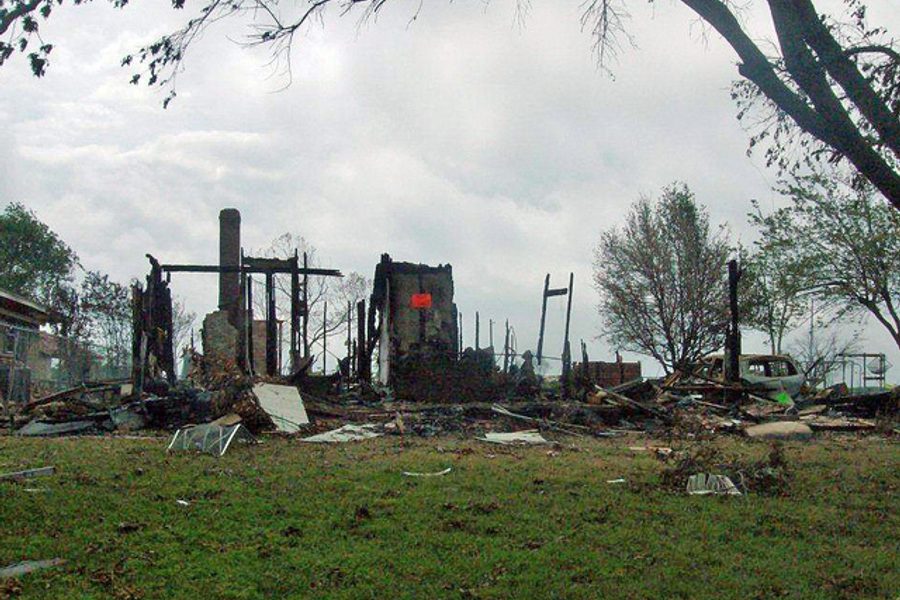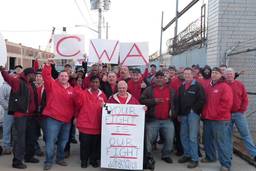Today, President Obama signed an executive order aimed at improving chemical safety at plants across the country.
The proposal will create the Chemical Facility Safety and Security Working Group to coordinate between the federal, state and local agencies that regulate and inspect chemical facilities, including the Department of Homeland Security (DHS), the Environmental Protection Agency (EPA) and the Department of Labor (DOL).
The need for better coordination was the major lesson of investigations into the West, Texas chemical-plant explosion that claimed 15 lives in April. As In These Times has reported, investigators found that while many different federal and state agencies had been inspecting the plant on a regular basis, such as the Texas Commission on Environmental Quality and the Office of the Texas State Chemist, these agencies did not share information with the agencies regulating explosive hazards. Specifically, although several agencies knew that the plant had 270 times the amount of ammonium nitrate legally allowed on site, none of them informed the Department of Homeland Security, the agency primarily tasked with regulating ammonium nitrate.
The working group will also be tasked with coming up with regular reports outlining recommendations for improving chemical plant safety in the United States.
The mayor of West, Texas, Tommy Muska, welcomed Obama’s executive order, telling the Dallas Morning News that “There are thousands of plants all over the country just like the one that was in West…If this does prevent a disaster like this happening to anybody else’s back yard, then it will be worth it.”
Workplace safety advocates also were quick to praise the executive order. AFL-CIO President Richard Trumka said in a statement:
Once implemented, it will improve coordination of EPA, OSHA and DHS and other government agencies in their efforts to address these deadly hazards. It will provide local first responders with ready access to information so they can prepare for and respond to chemical emergencies, and it will enhance oversight of high-risk facilities. It will also spur action to modernize chemical safety regulations, including OSHA’s process safety management standard, which the AFL-CIO and unions have been seeking for many years. President Obama’s order provides the direction and roadmap to address chemical hazards.
However, some workplace safety advocates say that the rules do not go far enough to prevent accidents at chemical plants.
“To adequately respond to the dangers posed by chemical facilities and other dangerous workplaces, further federal regulatory action is needed,” says Tom O’Connor, Executive Director of the National Council for Occupational Safety and Health.
O’Connor pointed to a series of recommendations from the Chemical Safety Board calling on the Occupational Safety and Health Administration [OSHA] to adopt new rules to prevent workplace accidents. Just last week, the Chemical Safety Board, frustrated with the slow pace of OSHA rulemaking, took the unprecedented step of designating a “most wanted chemical safety improvement.” The first item on the list is better regulations for combustible dust, something which the Chemical Safety Board first asked OSHA to implement in 2002.









